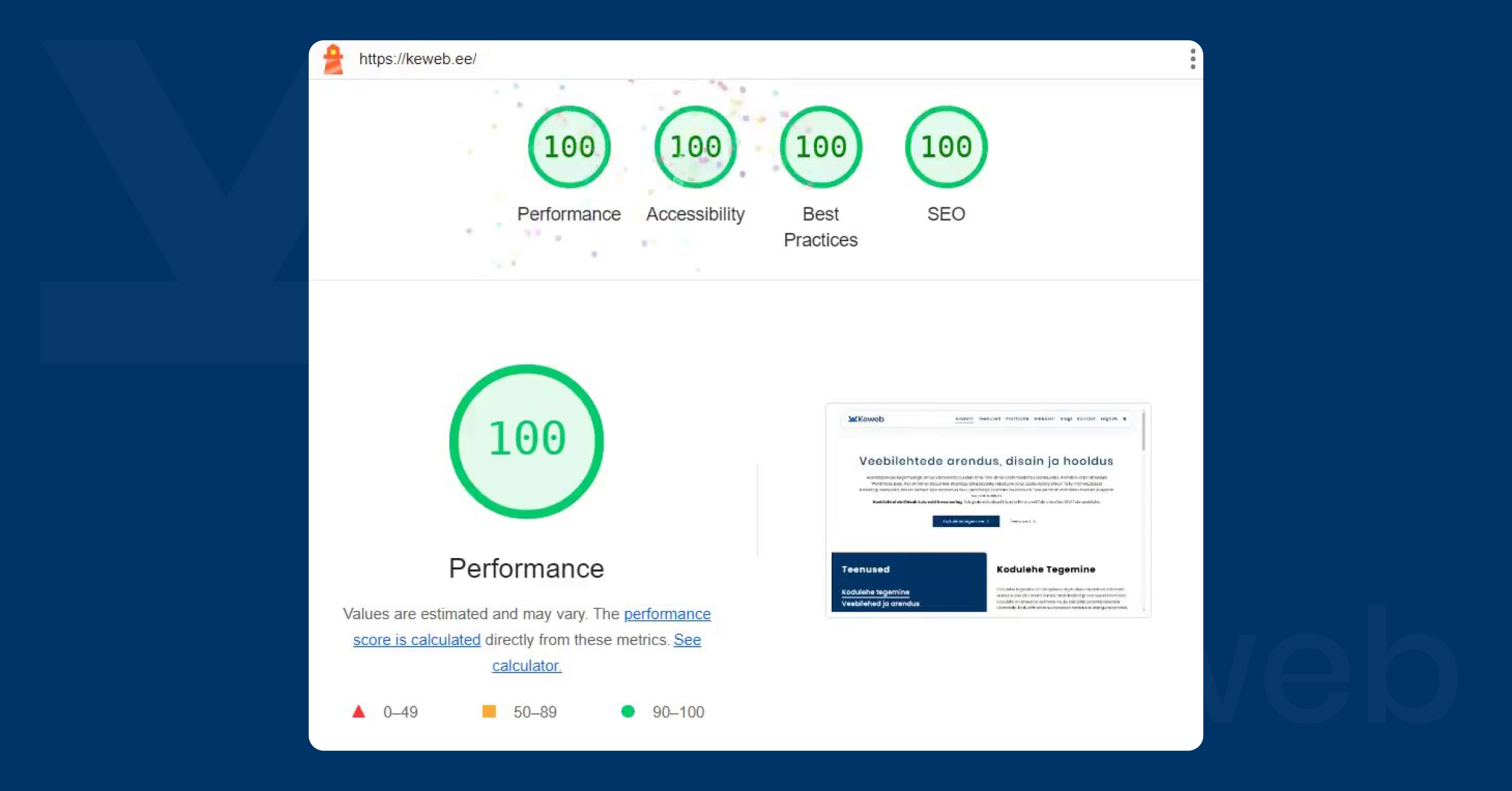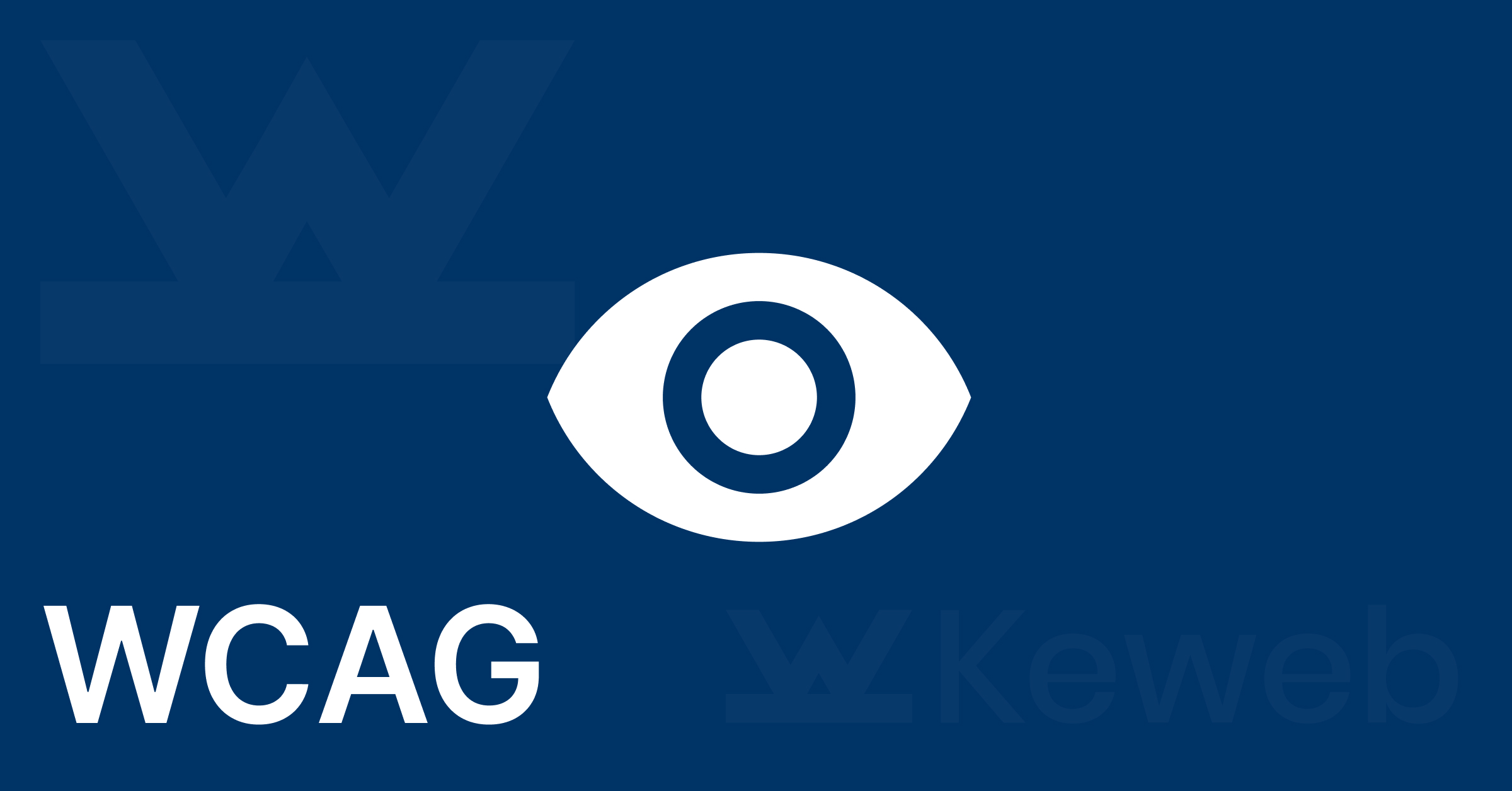DDeveloping digital solutions can seem expensive, but with the right decisions and a well-thought-out strategy, you can significantly cut costs. This article explores how smart development choices help save money and what practical steps you can apply in your projects.
Why Is Planning Important?
- Prevents unnecessary time loss and mistakes
- Ensures the project meets your exact needs
- Reduces development hours and overall costs
Planning Example
Recently, we integrated a gold price API for a client’s website. Instead of paying a high monthly fee (NZD 120–1700/month, depending on website traffic), we optimized costs by limiting API requests to under 100 per month, allowing us to use the API for free.
What Is an API?
An API (Application Programming Interface) works like a restaurant menu. Imagine selecting a dish and placing an order with a waiter. The waiter communicates with the kitchen, the food is prepared, and then delivered to your table. Similarly, an API transmits requests and responses between a browser, server, and an external service provider.
How Did We Optimize the Gold Price API to Minimize Costs?
Normally, every new website visit or page refresh triggers an API request, which can quickly increase costs as multiple users generate separate requests.
To avoid unlimited API calls, we implemented a PHP Cron job to handle requests from the server side. Instead of making constant API calls, our server fetches data once every 12 hours and stores it. When a visitor requests the data, it is served from the server’s stored cache instead of making a new API request.
This method significantly reduces the number of API calls, keeping costs low while ensuring data remains up-to-date.
Illustration: Direct Client-to-API Requests
(Here, a diagram would show a client directly requesting data from an API provider, resulting in high costs.)

Optimized Approach: Client–Server–API Provider
(Another diagram would demonstrate how the server fetches data every 12 hours and provides it to the client when needed, reducing API requests.)

What Is a CRON Job?
A Cron job is a server-side scheduling tool that allows specific tasks to be executed at regular intervals. It’s commonly used for:
- Refreshing data (e.g., currency exchange rates, stock prices)
- Cleaning up files and databases
- Communicating with APIs without overloading the system
Practical Example: Gold Price API with Cron Job
By integrating the gold price API with a cron job, we:
- Updated the gold price data automatically every 12 hours
- Eliminated the need for manual updates
- Reduced server load by avoiding unnecessary API requests
- Kept the website fast and cost-efficient
By making smart technical decisions, you can cut expenses while ensuring your website remains efficient, fast, and reliable.




